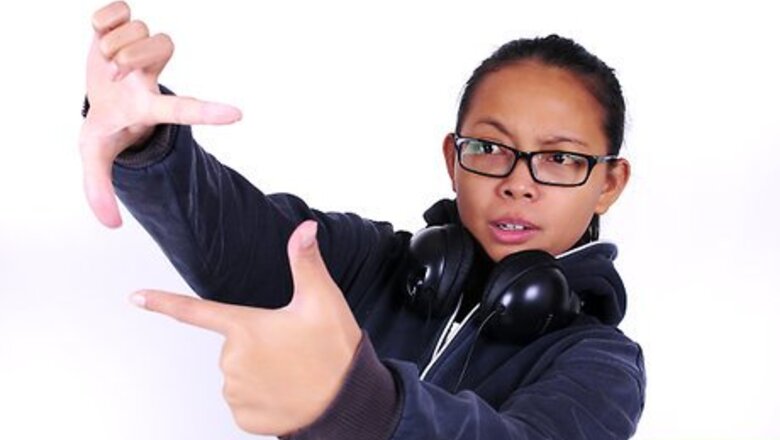
views
Preparing for making your movie

Decide whether or not you really want to make a movie. Understand that this is a costly, time-consuming venture that will leave little time for hanging out with your friends and having fun. Then again, if you're making a low-budget movie, what better way to do it than to do it by hanging out with your mates, being the center of attention and having fun?
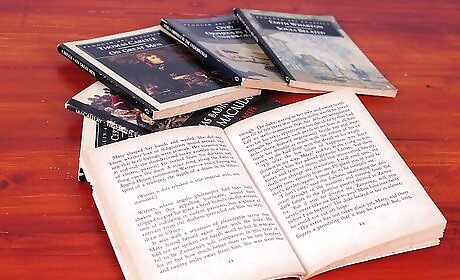
Get an idea for a movie. It doesn't even have to be truly original - it could be a loose remake or spoof. You could always use a book as inspiration - anything created before 1900 is public domain and you can just use that. If you want something cohesive, have an idea first. If you don't really care, just make stuff up as you go along (David Lynch did this for Inland Empire - you decide how good that was).

If you have a plan, write a screenplay. It doesn't have to be perfect and you don't have to follow it 100%. It just gives you a great outline to start with. If you want, you can just write the scenes and have the actors improvise their lines.
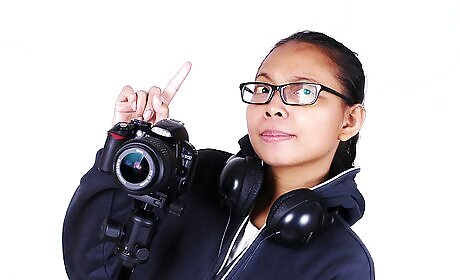
Have a vision.
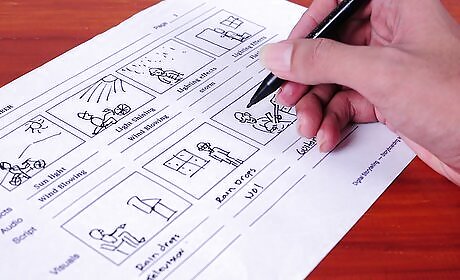
Make a shot list and draw or create storyboards. This helps you to know what shots you want to have in the movie before going out to shoot them. Storyboards don't have to be drawn by an artist, either. You can draw stick figures, take pictures of action figures, use storyboarding software like Storyboard Quick or whatever you think works best. Again, this just gives you a basic outline of what you need to shoot and what will be in each shot.

Make a shooting schedule and budget. Figure out how much money you can spend on this film of yours and figure out the best ways to spend it. Remember, you'll need something to record sound on, a simple lighting kit, and a camera. Anything beyond that and it might be too complicated. You'll also need props, food for your cast and crew, transportation for some of them, and you might even have to pay for locations. A schedule helps everyone, too, because they'll know when they need to be with you and where you'll be.
Organizing the people

Get your actors and rehearse well. This allows your actors to get a real feel for the scene before they go out and waste time, tape, and/or film. This way they can learn the lines together or, if you're allowing them to improvise, they can start now and generate ideas for lines they'd like to use.

Hire a crew. And by crew, we mean a group of people who may or may not really know what they're doing. If you're really serious, put an ad in the paper and find a few guys who went to film school who know a little about lighting, recording sound or working a camera. As a director, you'll be able to get closer to what you want from people who have even the slightest idea as to what they're doing. Or, if you want a more hands-on approach and want to learn more about the various aspects of film making, ask some of your friends to hold mics or positions lights with you. That way you'll both learn and you just might appreciate it more.
Taking care of other issues
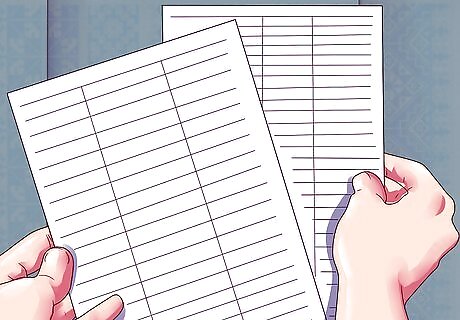
Take care of legal issues. Making a film is more than picking up a camera and filming something. There is a whole legal side that must be taken care of in pre-production before filming starts. You must get a film permit from whatever city you are filming in. If you do not have a permit and the cops show up, your production will be shut down. You also need to purchase insurance for your production. If you do not have insurance and something goes wrong, you can be held liable and sued for injury or damaged property.
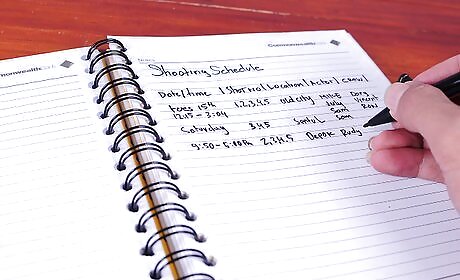
Be organized. It's that simple.
Shooting the movie
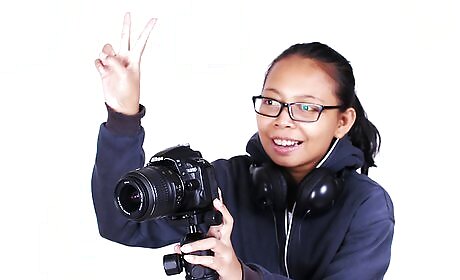
Stay true to your vision.

Start shooting. Be nice to everyone and try to explain to them what you want without making them feel stupid. You're supposed to be having fun, right? So let everyone else have fun, too. Remember to watch your footage as often as possible. You don't want to lose a shot because it was too dark and not be able to go back and redo it because you only had the location for one day. When you are shooting don't forget about the sound. Film in areas where there is not a lot of street noise. Street noise will make it hard to hear your dialogue. Don't lose your cool and never forget that you're supposed to be having fun. You aren't getting paid, so don't treat it like your job. Remember to make note of takes and use a clapboard. There's a lot to know, but you can duck and dive through a lot of it. Just have fun.
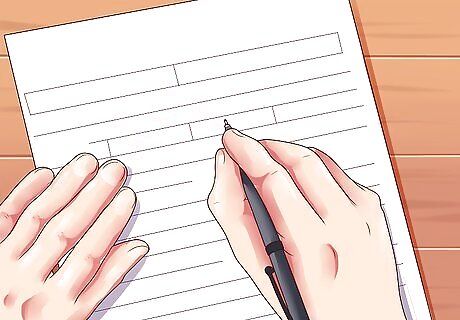
Remember to follow workers rules. If your goal is to have this film to get a distribution deal or even enter it into a festival, there is a list of SAG rules you must follow and paperwork you must fill out. If you don't you'll basically end up with a home video you can do absolutely nothing with.
Editing and showing the final product
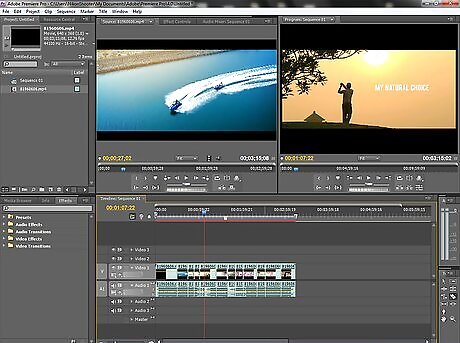
Learn how to use editing software. Most programs are easy to learn and will allow you to sync sound and music with almost no trouble, so don't rush it. Editing takes time. Its good to use a good software like particle illusion or an FX product like Fx vision lab studios (all though these cost money,100-200 pounds)
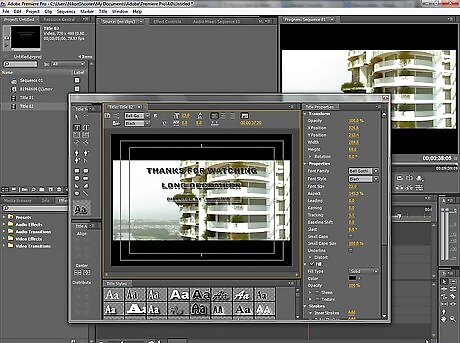
Create Movie Credits, you can use a video title creation system like Video tagger

Show your friends along the way. If you're stuck, make a few versions and show people. They've probably seen a lot of movies too, and will tell what works and what doesn't.

Burn the film onto a DVD and have everyone you know come over to your house and watch it. Bask in the glory of knowing that you are now an independent filmmaker. People will love you a little bit more now.
Making movies on the fly
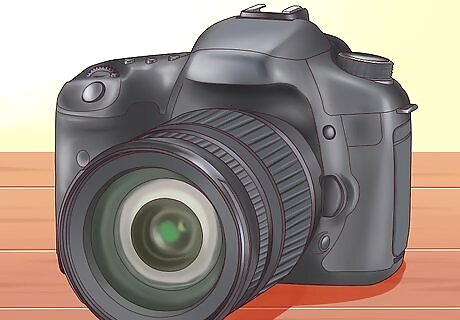
Pocket a high definition (720p minimum) compact digital camera. It only leaves your pocket to take shots, change the battery or swap out cards. Forget about cellphone cameras, the sensors in them are about the size of a full stop and the frame rates generally suck.
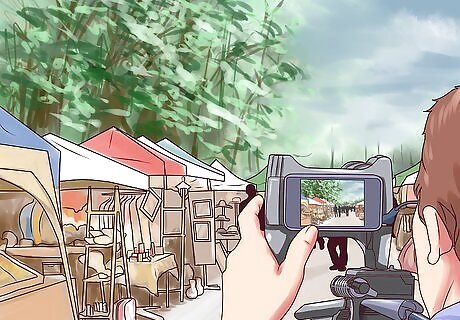
Be aware of everything around you. That perfect shot will only happen once, and when it's gone you can't ask for a second take.

If you're shooting at an event, take a sound kit with you. A decent microphone with windshield, the back half of a cheap fishing pole and a mini-disc recorder is ideal. This will all fit in a messenger bag and leave room for everything else, plus you get to strut around like Jack Bauer.

There's no such thing as "not enough film" with digital cameras. Take spare batteries and spare cards. For that matter, take another camera.
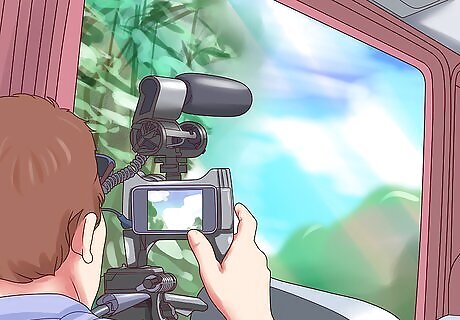
Cutscenes and stock footage are pretty simple using the above prep. Hopping on a bus? Point the camera out the window and let the vehicle track for you. Might be better on a train, though, they're not as bumpy.
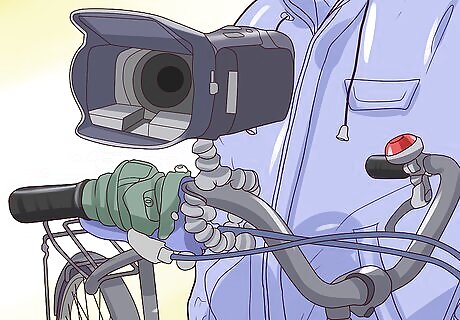
Tracking walking actors is easy. Mount the camera on a gorilla clamp or bulldog clamp on the frame of a bicycle. Have the actors (or at least one of them) carry the sound kit in his/her pocket and leave it running, or strap it to the bike so it's out of frame. Pointing the camera forward while you ride is also another great method of capturing stock footage.
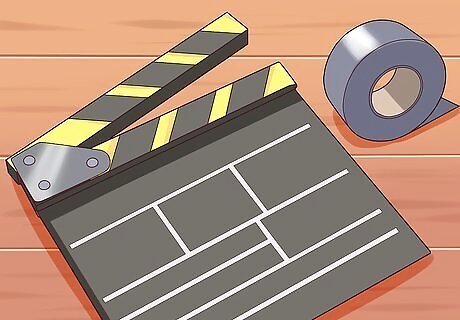
Clapperboards on a budget: Fasten two pieces of wood together with gaffer tape.











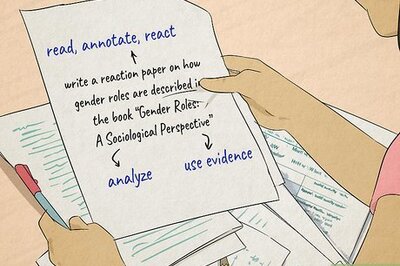






Comments
0 comment